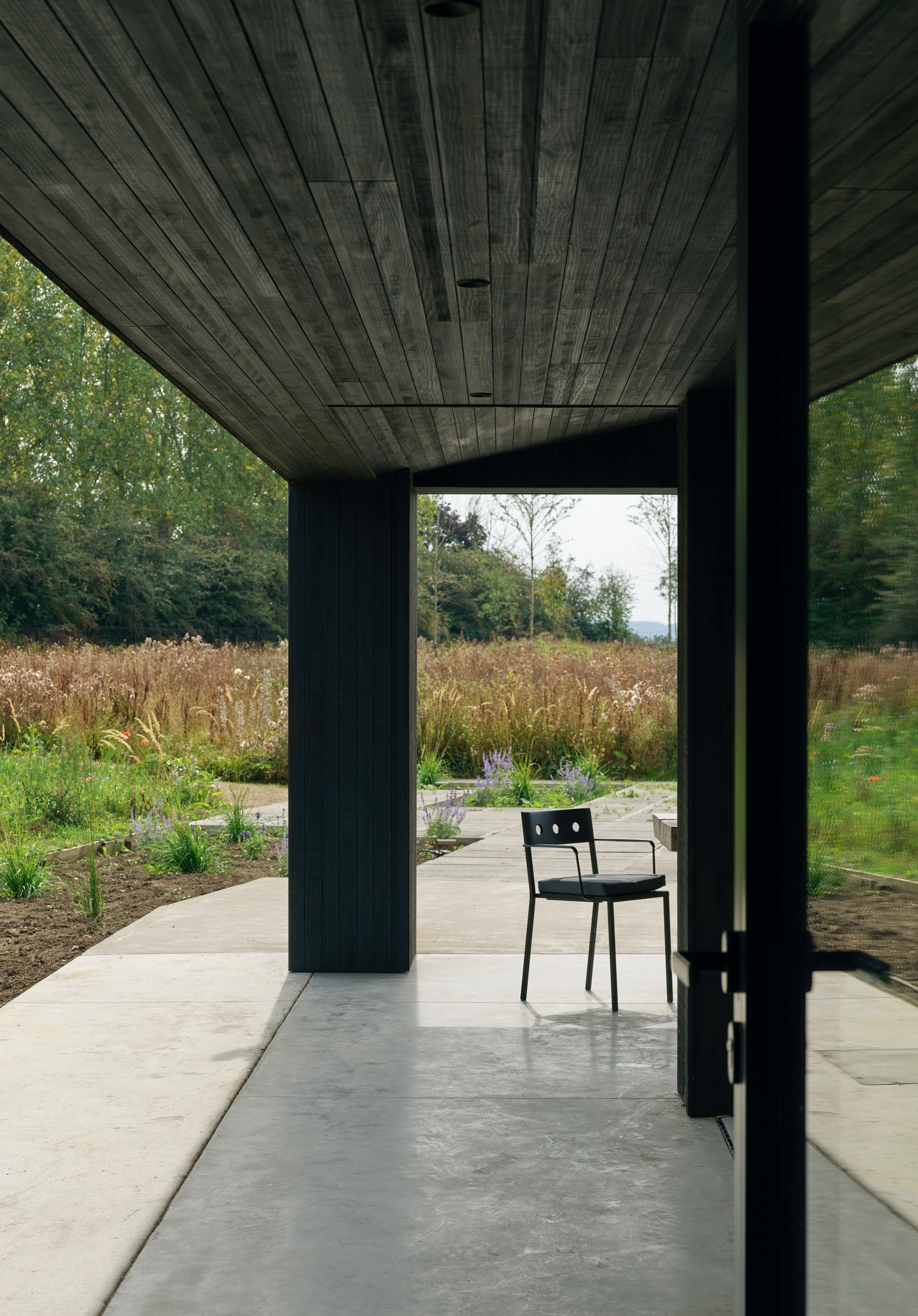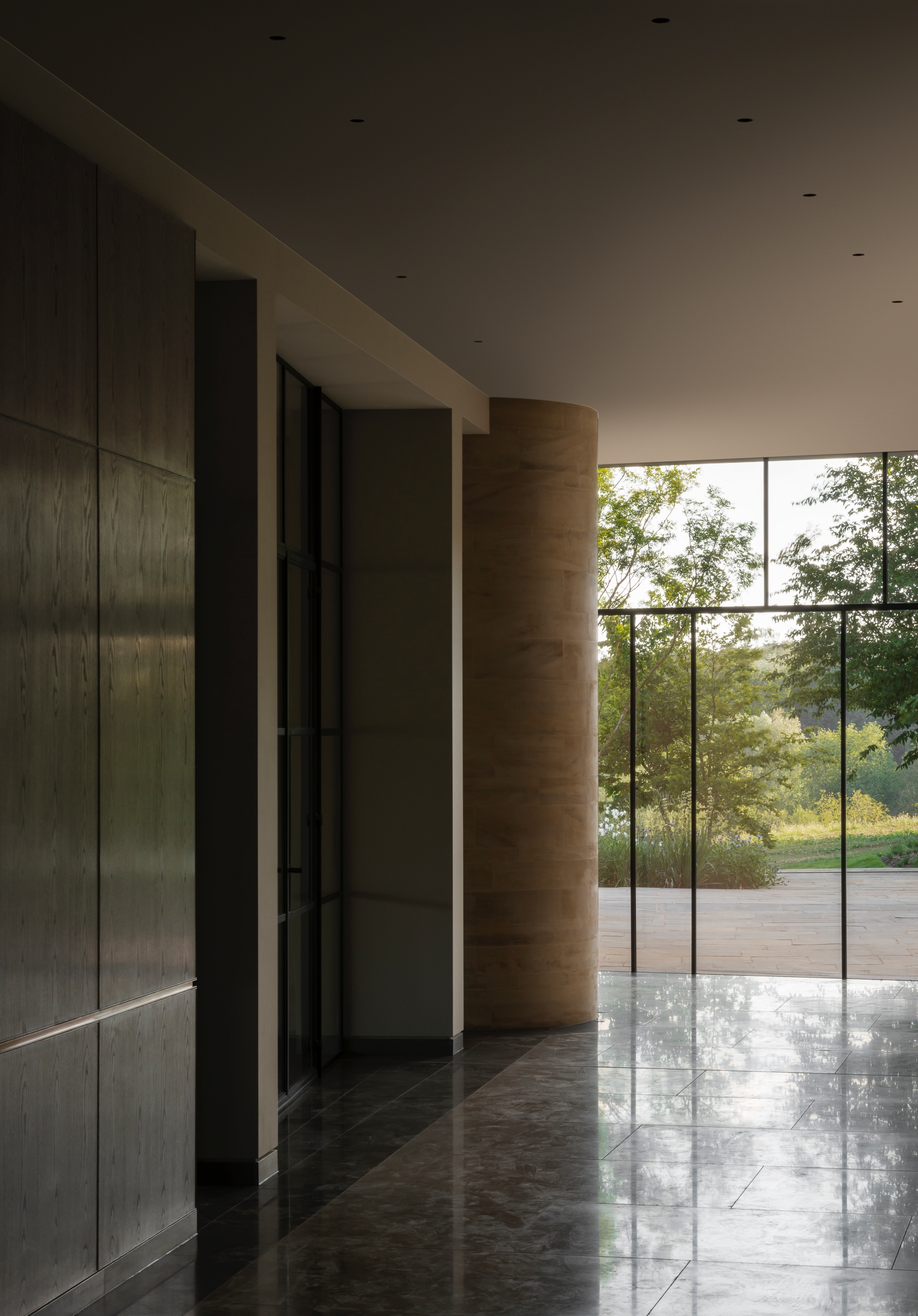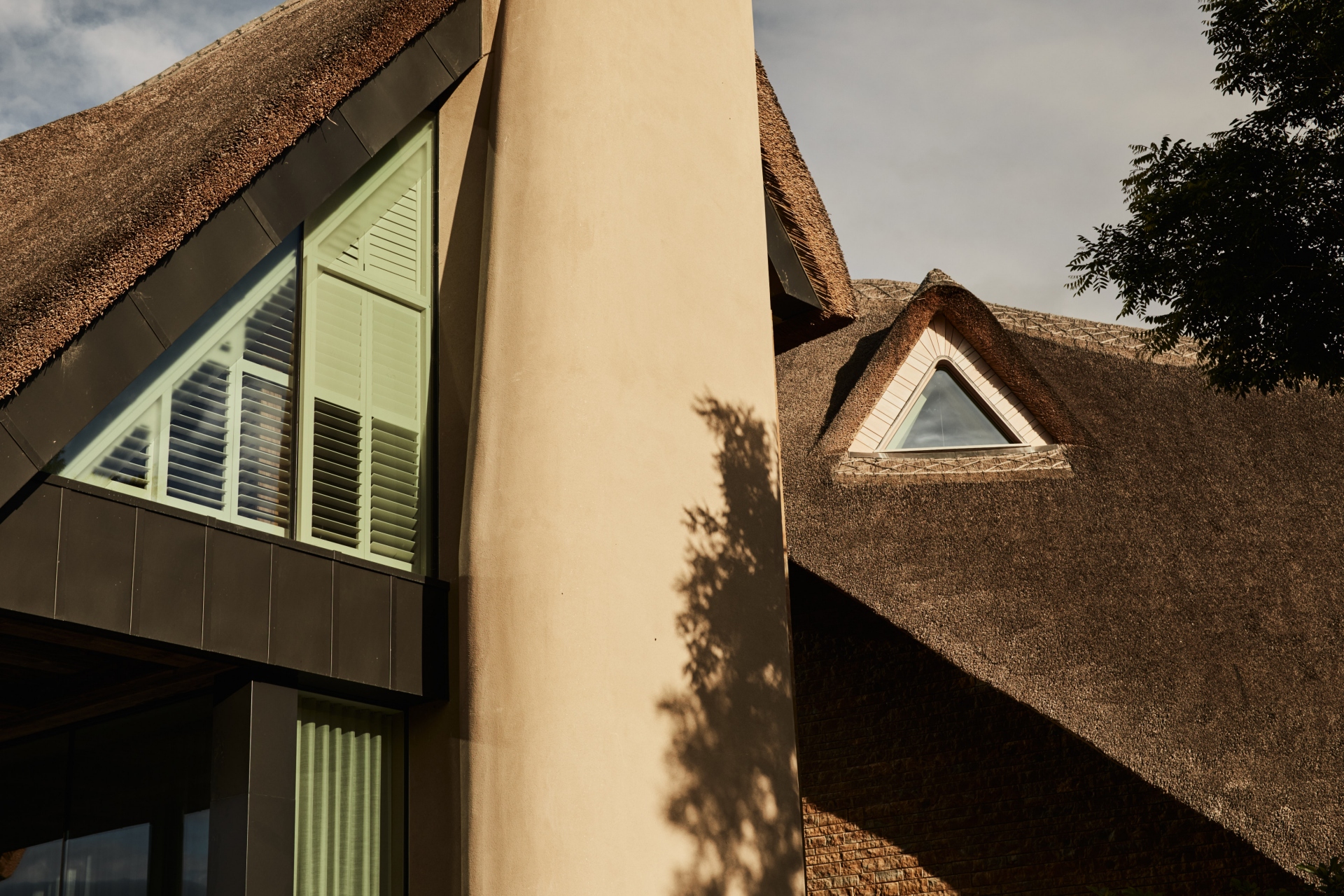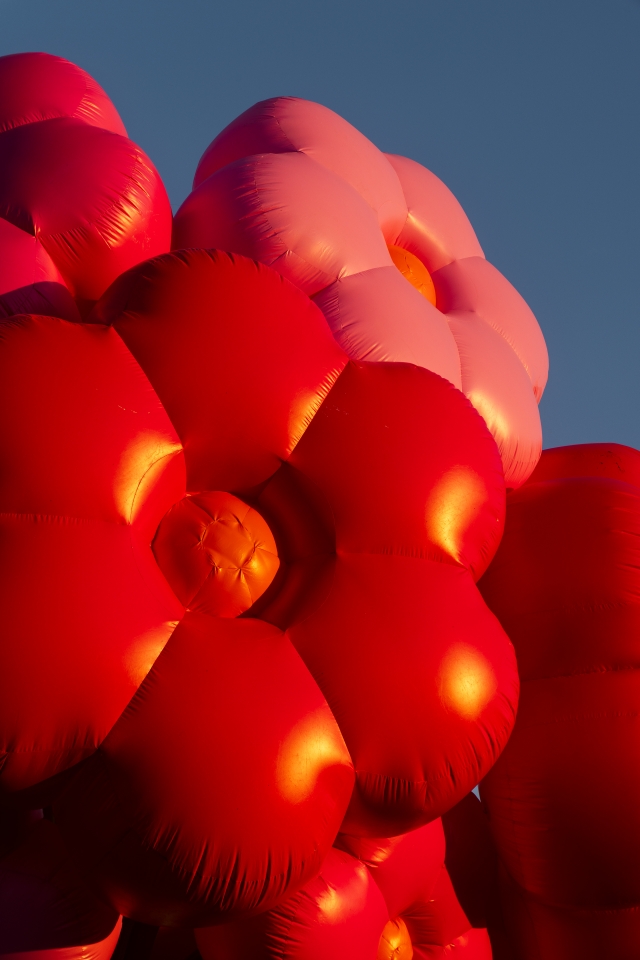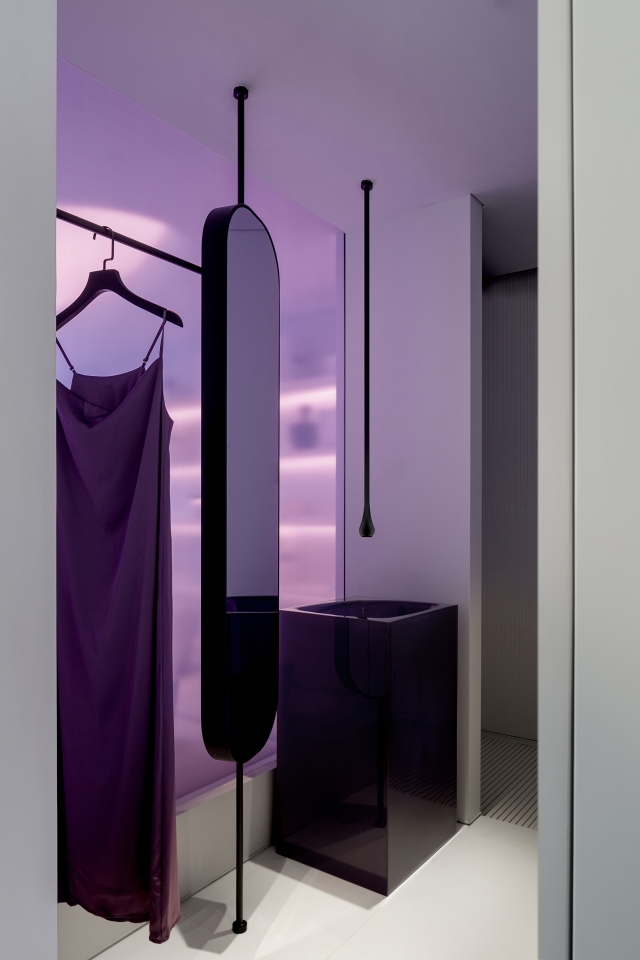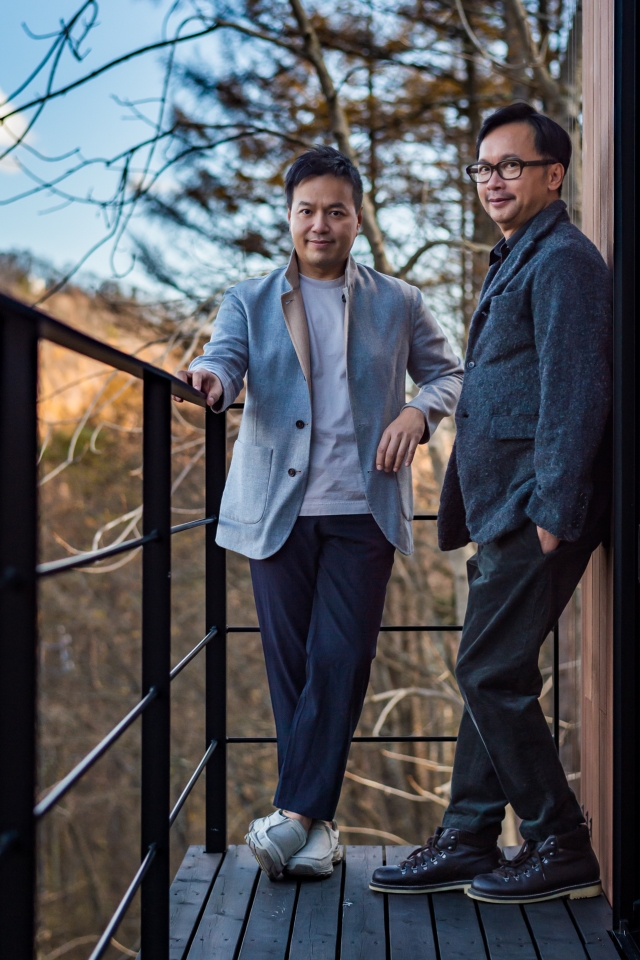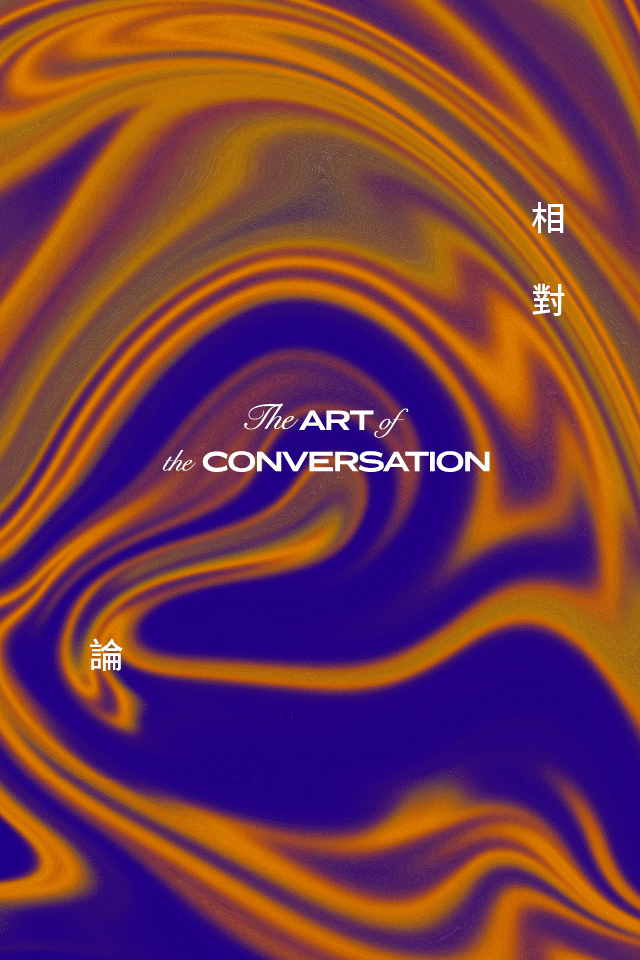Possessing a profound respect for historical integrity, Richard Parr takes us on a journey through his distinctive approach to design. In this conversation, Parr, renowned for his work on celebrated projects like The Newt, shares insights into his meticulous process, his passion for art, and his vision for creating spaces that resonate with both past and future. Discover how he balances preservation with innovation, and what truly makes each of his projects a unique narrative.
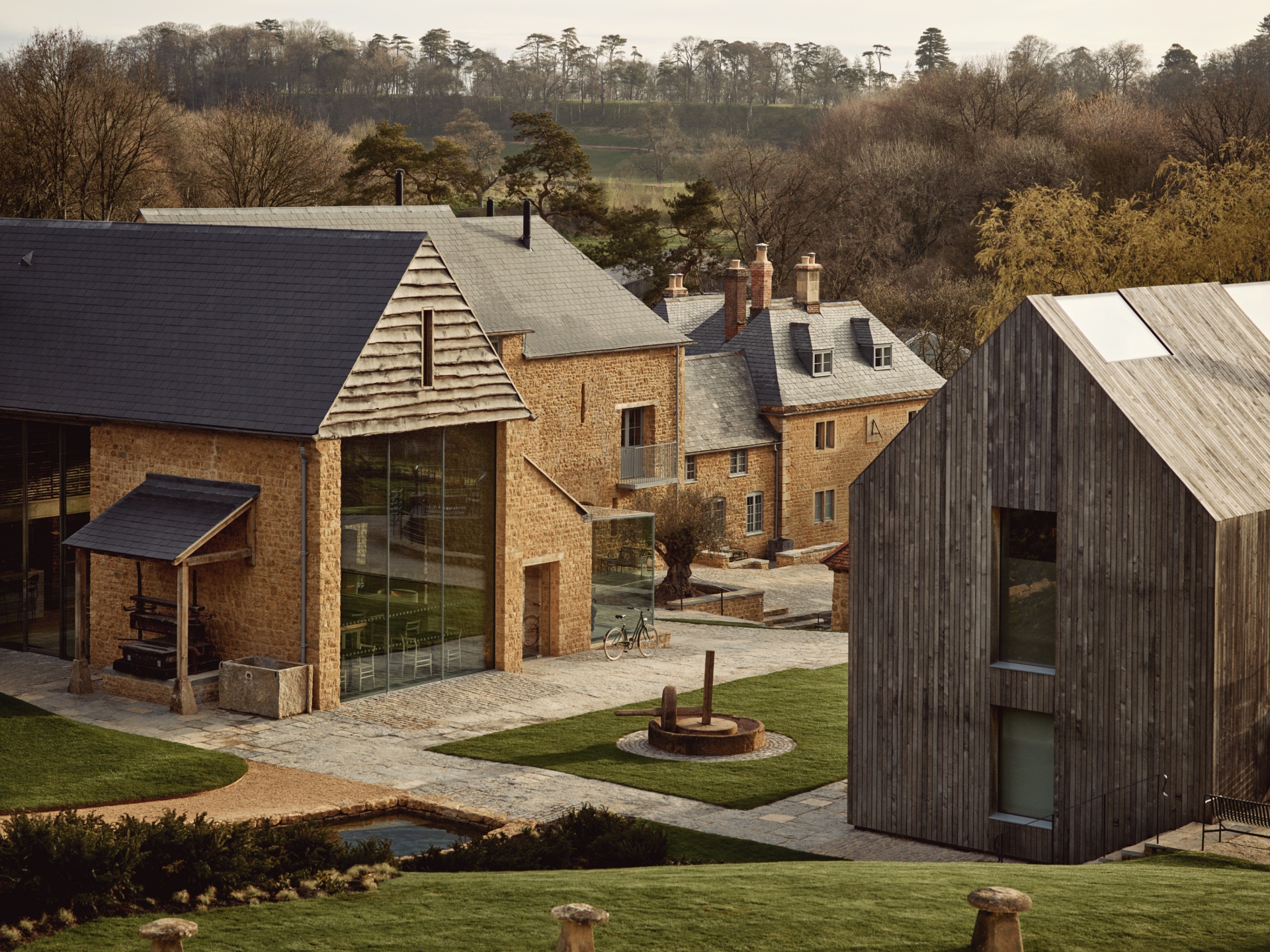
What draws you to the balance between preserving historical architecture and integrating modern elements in your work?
You are right, it is about balance. In our practice, Richard Parr Associates, we have built up a careful analytical method when embarking on each new project. Firstly, it is about knowledge - understanding the starting point is fundamental; drawing on my experience, library of historical information, and understanding of what it is that we are looking at (and trying to preserve), that’s step one. I always believe in looking back before looking forward and I am then decisive about what should be restored and retained and where the opportunity lies for reinvention, imagination and recreation. With this framework in place, we then move to intuition. In all cases I aim to retain a spirit of the past whilst creating a new soul for the future.
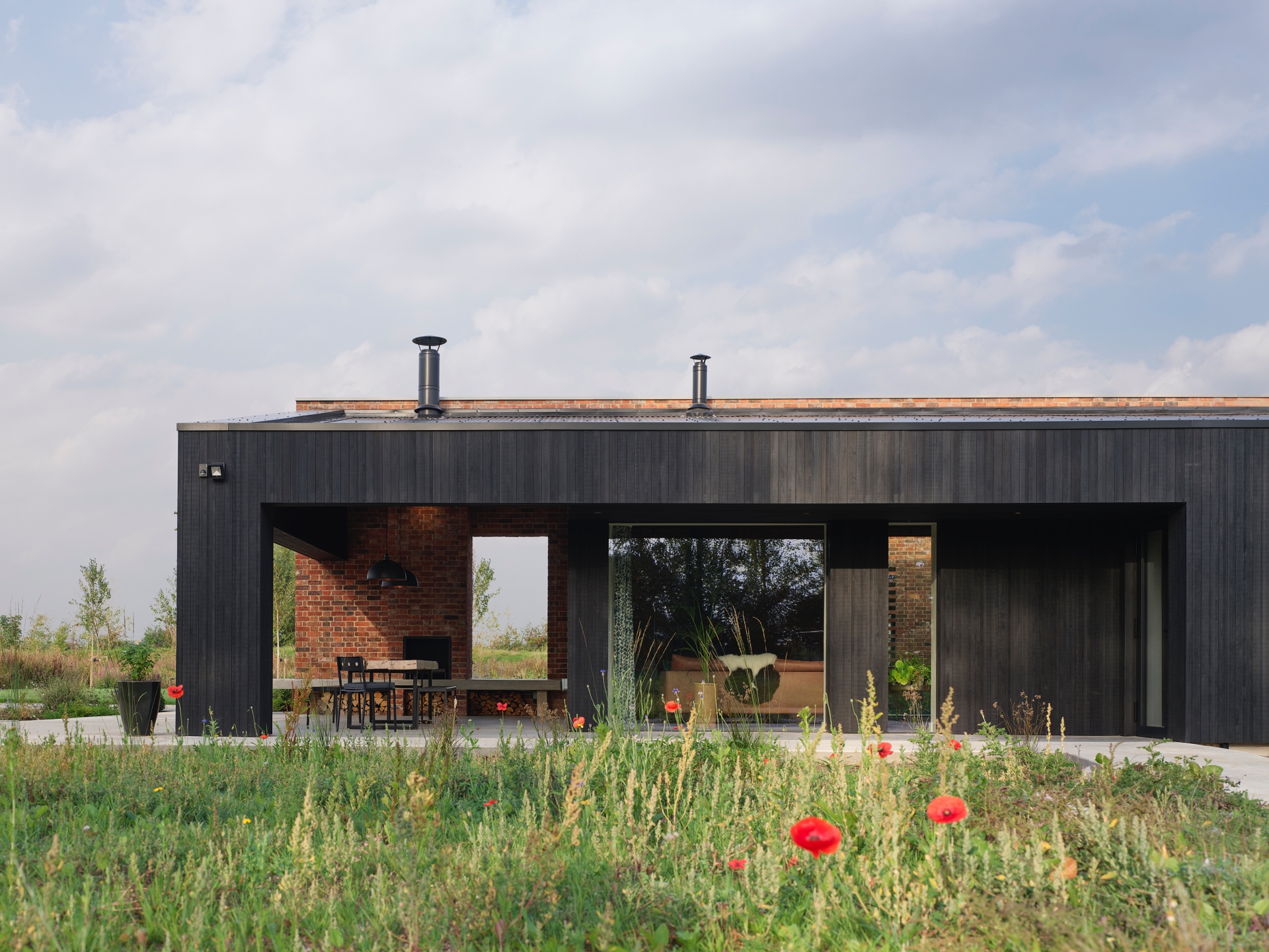
This year you have a number of exciting projects lined up, including two listed Manor Houses and a Lake House. Could you share what makes these projects special?
Two elements: the site and the client. Our job is to respond in a responsible way to the former, and excite and exceed the expectations of the latter. We are not the protagonist here, it’s the relationship with the site and the client that makes each project special.
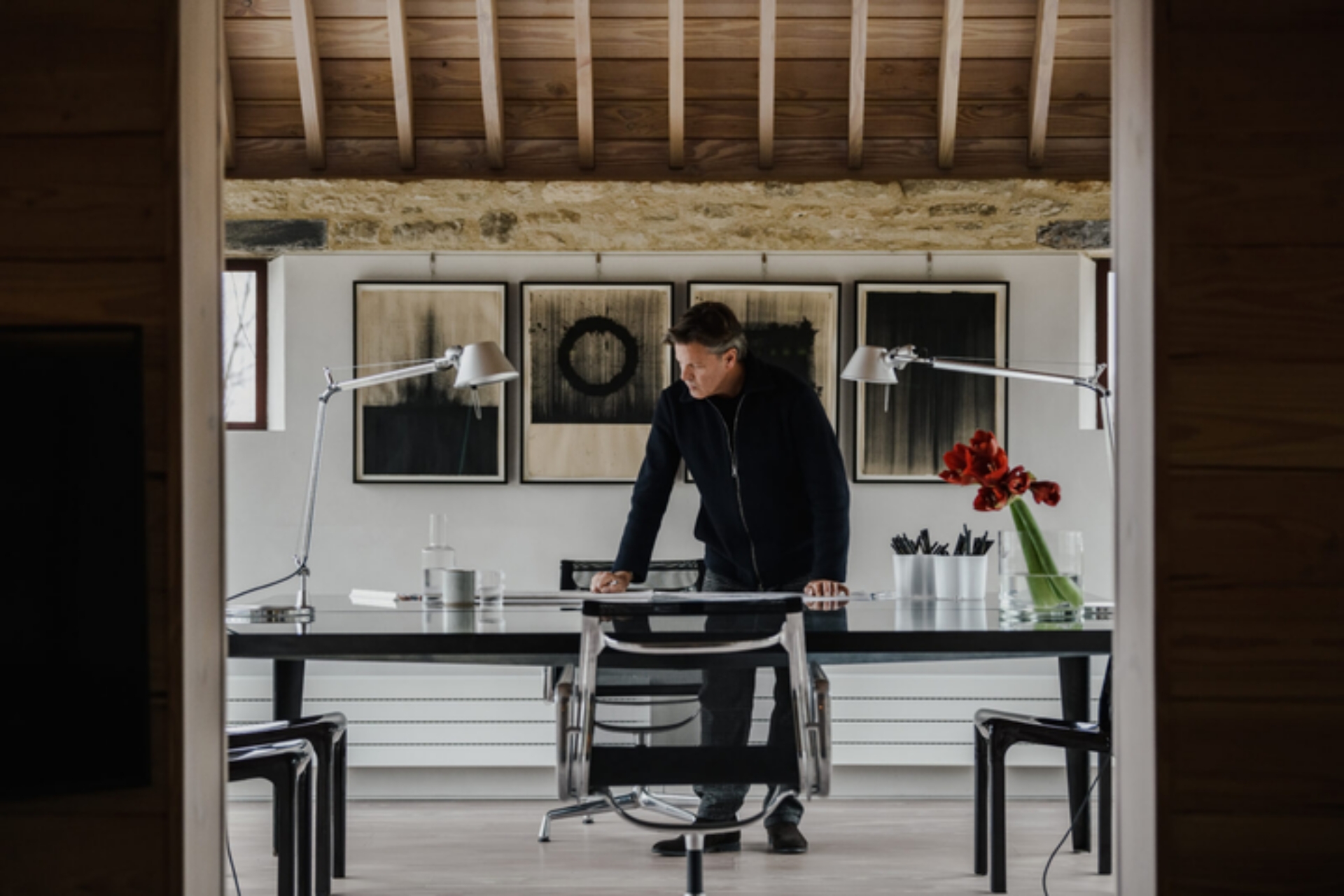
Your work with The Newt has been celebrated for its craftsmanship and innovation. Can you hint at what we might expect from the new space you’re designing there?
Neither us nor The Newt stand still! We work very closely with our client and as a team we are reinventing hospitality in the English Countryside. The next offerings are beautifully unique and springboard The Newt into an exciting new phase. I cannot reveal anything further beyond that, sorry!
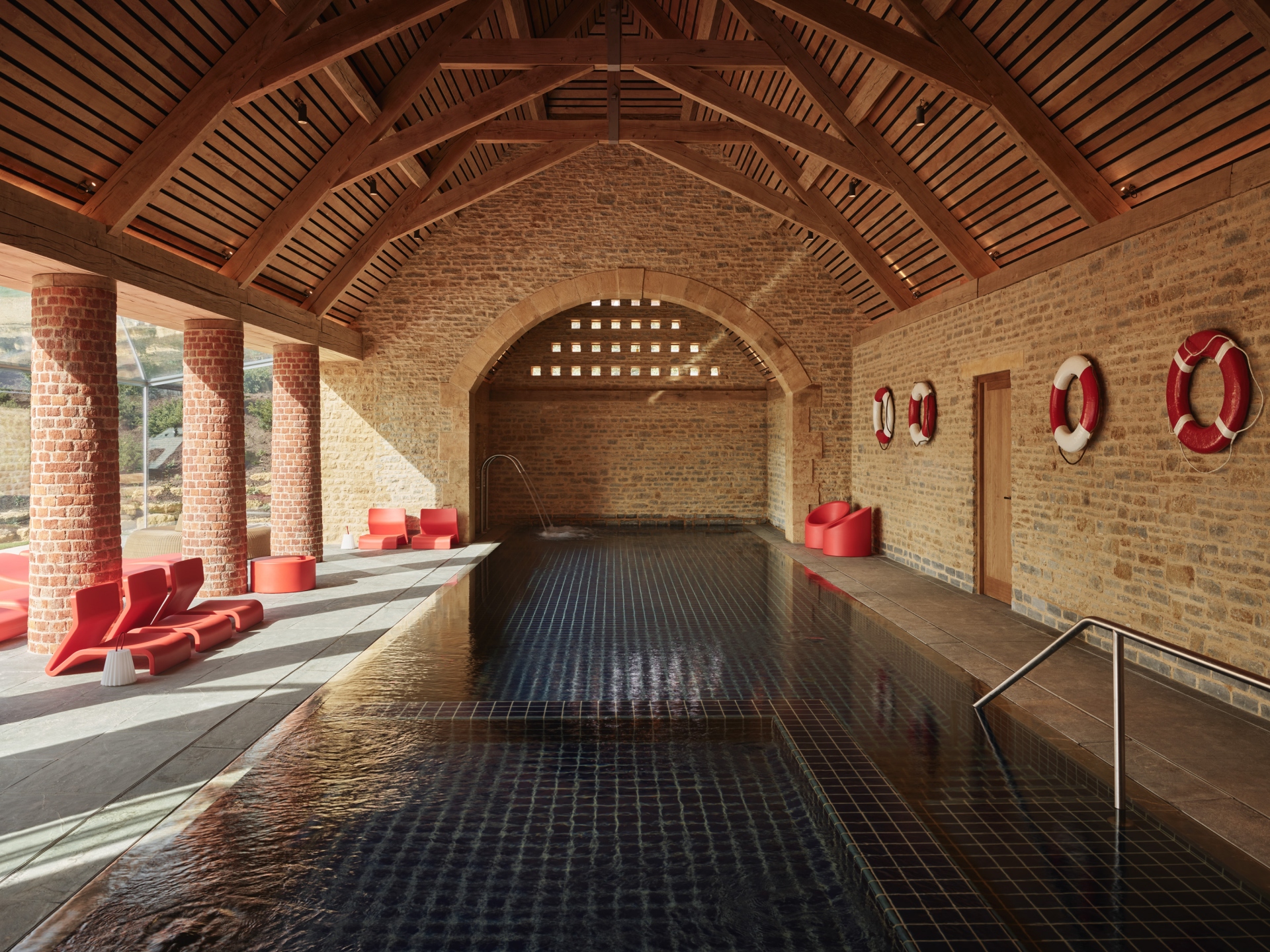
As a passionate art collector, how does your love for art inform your architectural designs?
An interesting artist challenges and then creates something new. I am principally a collector of Contemporary Art, so tackling the issues of today with the technology of today is what excites me. That is what our architectural designs do, so taking inspiration from art seems logical as both disciplines are about defining and creating a narrative. Often an artist can do this rapidly, and I try and take that energy and speed into architecture, which is slower and unless invigorated can often run the risk of fatigue.

Could you tell us about the vision behind your upcoming Salon-style space in London and the kinds of experiences it will offer?
We bought the studios at People’s Hall during Lockdown and I happened to be reading a book called Studio Lives. The London it described seemed a far cry from pandemic reality. In the 19th C there was artistic and cultural activity across West London, where studios would be open to the public on a Sunday and the latest work was reviewed and discussed. This resonated with me, having spent formative years in Notting Hill, I witnessed the loss of beloved community hubs. There was once a time where nearly every street corner had a gathering space ~ a pub, a collection of shops, a chapel or church, or a meeting hall. With most of them gone now, here I recognised an opportunity to do things differently. We often open our studios to artists, shows, talks and events; and our studio dinners are garnering quite a reputation. I see the new studio as a space where we can showcase our ideas at street level whilst inviting the community in to enjoy a programme of ‘happenings’. It will be a new kind of gathering space, collated and curated for our design and cultural thinking.
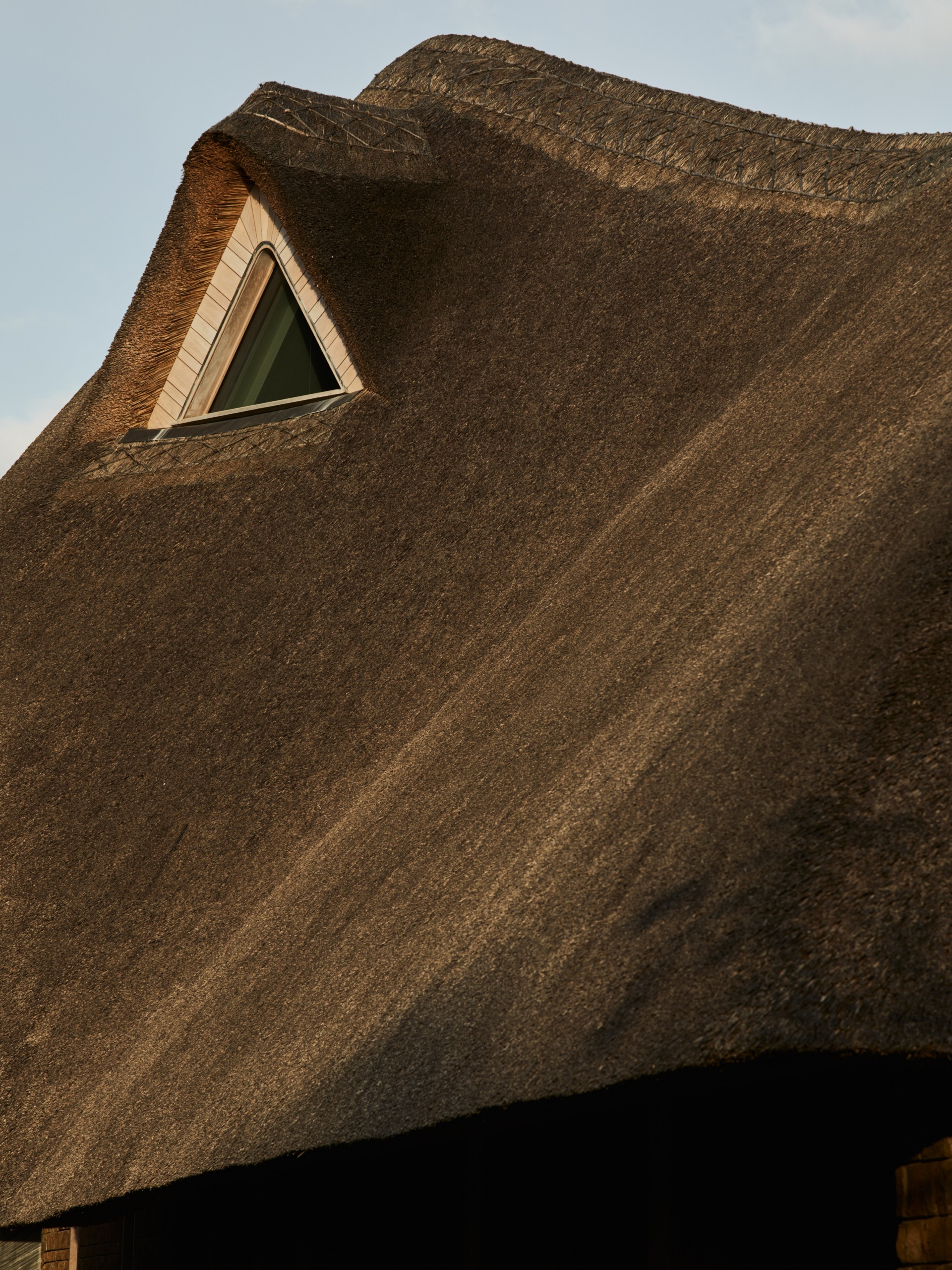
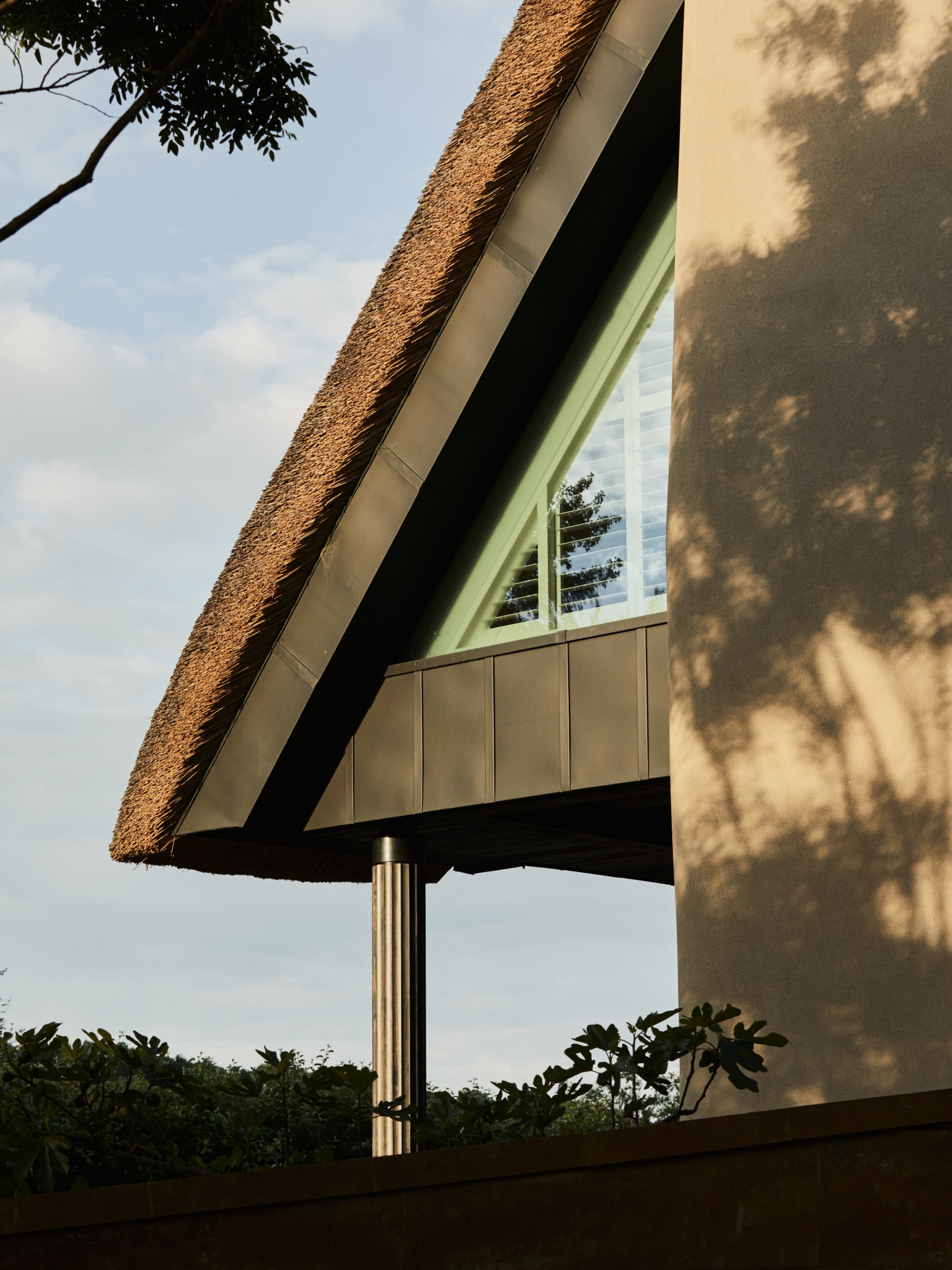
Craftsmanship seems integral to your projects. How do you ensure traditional techniques play a role in your contemporary designs?
By being in control of the process. Too often designers draw, schedule and specify before handing over to a contractor. A project then goes into a phase where the priorities are efficiency and profit. This is what a building contract can do to a vision. Our involvement is continuous and our scrutiny and values are something we work hard on, not only within our studio but also with the people that build and execute our work
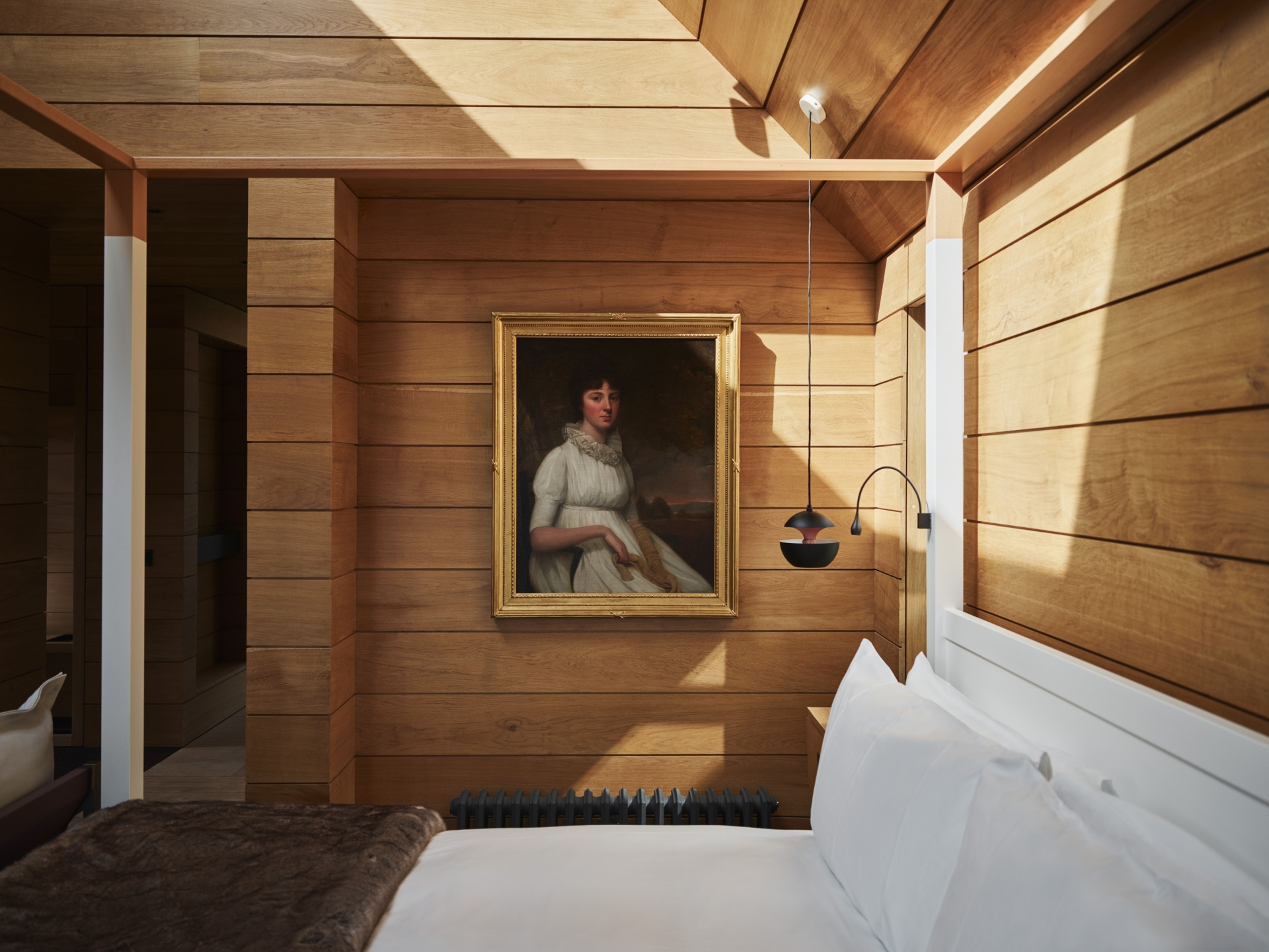
What motivates your design process when working with spaces that hold significant historical and emotional value?
Two words: responsibility and trust. I want to be seen as temporarily intervening but leaving the soul of the space enriched.
What advice would you give to architects looking to blend innovation with respect for tradition in their work?
Know where the dividing line is. Respect the past where respect is due. Identify that and then dream for the future. This gives you a genuine authenticity in what you do and allows you to leave a positive imprint.
